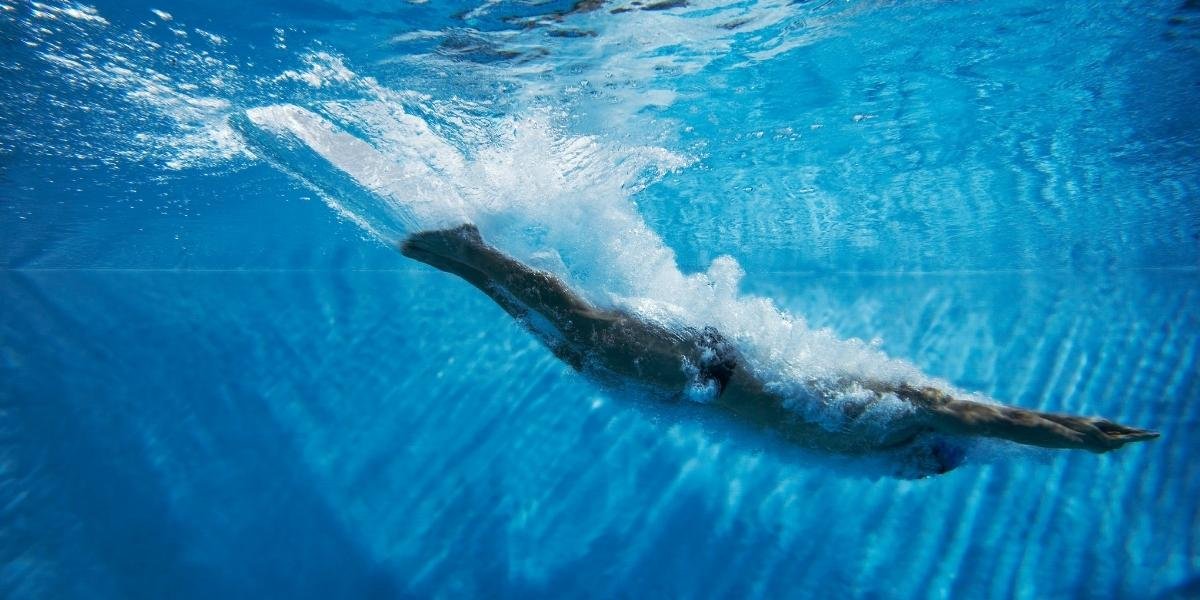Rowing is a demanding sport that requires a combination of strength, endurance, and technique. While it may seem simple to an observer, the physical challenges of rowing are significant and multifaceted. This article explores the various physical demands that rowers face, highlighting the importance of training, technique, and resilience.
Cardiovascular Endurance
Rowing is an excellent cardiovascular exercise, engaging both the aerobic and anaerobic systems. Rowers must maintain high levels of stamina to sustain long periods of exertion. This intense workout challenges the heart and lungs, requiring them to deliver oxygen efficiently to the muscles.
To build cardiovascular endurance, rowers typically engage in long, steady-state rowing sessions and interval training. These sessions improve the body’s ability to sustain high-intensity efforts and recover quickly. Consistent cardiovascular training is crucial for rowers to perform at their peak during races.
Muscular Strength and Power
Rowing is unique in that it engages nearly every major muscle group. The legs, back, arms, and core all play vital roles in each stroke. Rowers need substantial leg strength for the initial drive, back and core strength for maintaining posture and stability, and arm strength for the final pull.
To develop the necessary strength and power, rowers incorporate weightlifting and resistance training into their routines. Exercises like squats, deadlifts, bench presses, and rows target the muscles used during rowing. Building muscular strength helps improve stroke efficiency and overall performance.
Technique and Coordination
Proper technique is essential in rowing to maximize power output and prevent injuries. Rowers must coordinate their movements precisely, ensuring that each part of the stroke is executed smoothly. Poor technique can lead to inefficiency and increase the risk of physical strain.
Rowers spend countless hours perfecting their technique through drills and practice. Coaches emphasize the importance of the catch, drive, finish, and recovery phases of the stroke. Consistent practice helps rowers develop muscle memory and improve their coordination and timing.
Flexibility and Mobility
Flexibility and mobility are crucial for rowers to achieve the full range of motion required for effective strokes. Tight muscles can restrict movement and lead to poor technique. Rowers must maintain flexibility in their hips, shoulders, and back to perform optimally.
Incorporating stretching and mobility exercises into training routines helps rowers maintain flexibility. Dynamic stretches before workouts and static stretches afterward can prevent muscle tightness and improve overall mobility. Yoga and Pilates are also popular among rowers for enhancing flexibility and core strength.
Mental Toughness with Rowing
Rowing is as much a mental challenge as it is a physical one. The sport demands significant mental toughness to endure long training sessions and intense races. Rowers must stay focused, manage pain, and push through fatigue to succeed.
Mental resilience can be developed through mindfulness practices, visualization techniques, and goal-setting strategies. Coaches often work with rowers to build mental strength, helping them stay motivated and focused under pressure. Developing a strong mental game is essential for overcoming the physical challenges of rowing.
Injury Prevention
Rowers are prone to specific injuries due to the repetitive nature of the sport. Common injuries include lower back pain, tendinitis in the wrists and elbows, and knee issues. Proper technique, adequate rest, and preventative measures are vital to minimizing the risk of injury.
To prevent injuries, rowers must prioritize proper warm-ups and cool-downs, maintain good posture, and use correct technique. Regular strength and conditioning exercises, along with flexibility and mobility work, can also help reduce the risk of injury. Listening to the body and addressing any signs of discomfort early is crucial for long-term health.
Nutrition and Hydration
Rowers require a balanced diet rich in carbohydrates, proteins, and healthy fats to fuel their intense training sessions and races. Proper nutrition supports energy levels, muscle repair, and overall performance. Hydration is equally important to maintain endurance and prevent cramps and fatigue.
Rowers often work with nutritionists to develop personalized meal plans that meet their specific needs. Strategies may include carbohydrate loading before races, protein intake for muscle recovery, and maintaining hydration levels throughout the day. A well-rounded diet is essential for supporting the physical demands of rowing.
The physical challenges of rowing are extensive, requiring a combination of cardiovascular endurance, muscular strength, technique, flexibility, mental toughness, and proper nutrition. Rowers must commit to rigorous training routines and prioritize injury prevention to excel in the sport. By understanding and addressing these challenges, rowers can achieve peak performance and enjoy the many benefits that rowing offers.
Rowing is a sport that demands dedication, resilience, and a holistic approach to training. Embracing the physical challenges and working diligently to overcome them allows rowers to push their limits and achieve their goals.








